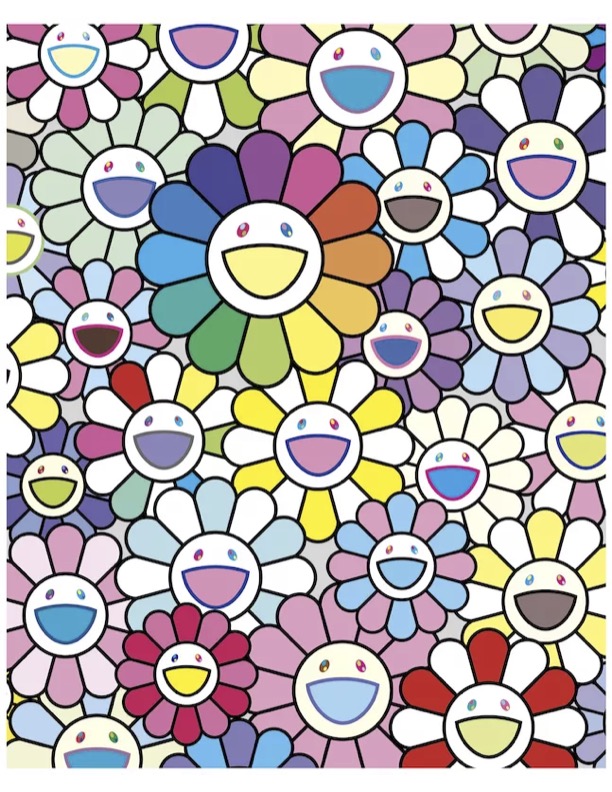The code of Hammurabi is one of the oldest and well known written forms of law to exist. Though it was not the first code of law discovered, it is the first to state the idea of innocent until proven guilty. Today, innocence until proven guilty is one of the most popular ideologies in modern law and order. Though it doesn’t look like much at surface level, Hammurabi’s Code is over 8 feet tall and has over 30 laws engraved in it. In total, King Hammurabi had created over 280. Most of the laws follow the idea of an eye for an eye. The concept explains that if someone, for example, stole something, they would get their hand cut off as punishment. This general idea applies to a plethora of societies today. Though the seeming harshness, Hammurabi’s code also established the first minimum wage for workers. Minimum wage was a rare concept while looking at the treatment of middle-class workers in other societies. I chose Hammurabi’s code as it has always interested me and that I have had the pleasure to learn the concept in many history classes. As I have read and researched Hammurabi’s code on many separate occasions, I’ve also had the privilege of seeing the actual code in the Louvre when I was 12. While my memories of that trip are limited, I remember seeing the code and being starstruck. To finally see something that I’ve only heard about or seen in textbooks made it almost surreal. I was standing in front of a very influential piece of history. To this day, I still remember that feeling of realizing that I am a part of history. Though I may not be as influential as the code of Hammurabi, it inspired me to try and make the change I knew the world needed. While that does sound pretty dramatic for a 12-year-old, that moment changed my life.

Citations:
- Andrews, Evan. “8 Things You May Not Know about Hammurabi’s Code.” History.com, A&E Television Networks, 17 Dec. 2013, https://www.history.com/news/8-things-you-may-not-know-about-hammurabis-code?li_source=LI&li_medium=m2m-rcw-history.
- King, L. W. “The Code of Hammurabi.” The Avalon Project : Code of Hammurabi, 2008, https://avalon.law.yale.edu/ancient/hamframe.asp.
- Stanford University. “Hammurabi’s Code.” Stanford History Education Group, 20 Apr. 2020, https://sheg.stanford.edu/history-lessons/hammurabis-code.
- Gill, N.S. “What Was the Ancient Babylonian Law Code of Hammurabi?” ThoughtCo, ThoughtCo, 11 Sept. 2018, https://www.thoughtco.com/babylonia-117264.
- “Stele with the Code of Hammurabi.” Wikidata, https://www.wikidata.org/wiki/Q12397781.
C




